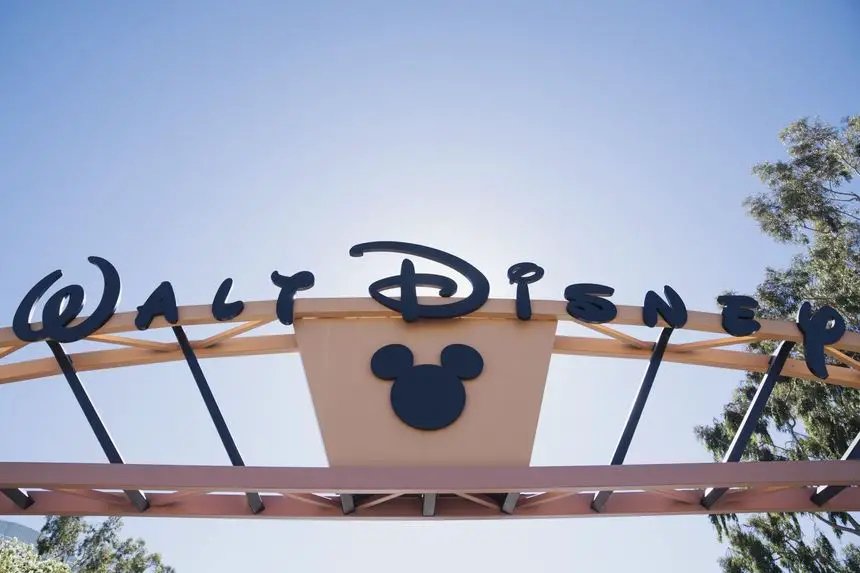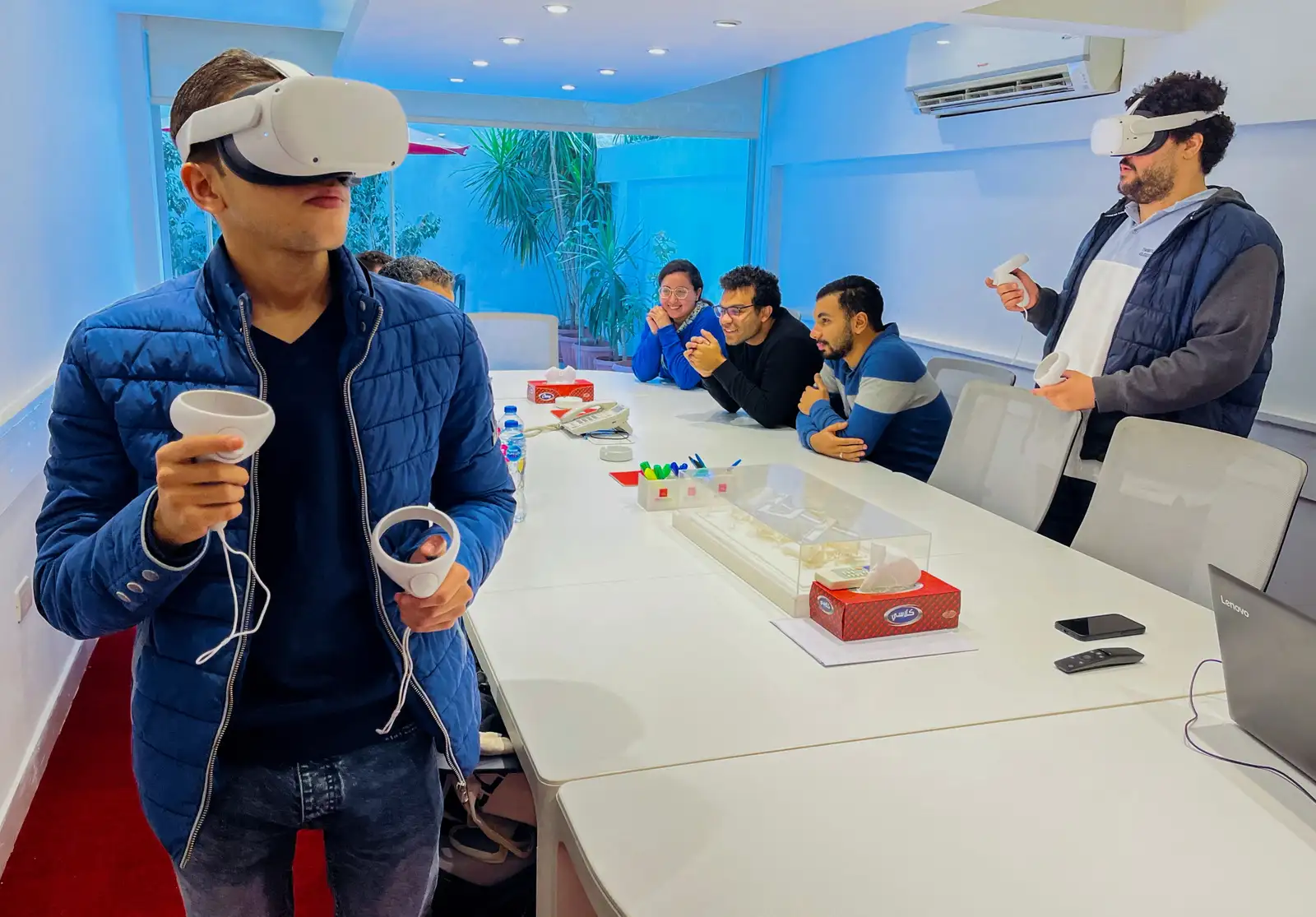Disney’s magic kingdom has withdrawn from the metaverse race and abandoned plans for a membership program that aimed to unify its vast digital ecosystem as part of a sweeping restructuring effort that seeks to save billions of dollars and lay off thousands of employees. The move marks a significant setback for the metaverse vision. It reflects the challenges and uncertainties plaguing this nascent sector, which has yet to prove its mass appeal and monetization potential.

According to sources familiar with the situation, Disney has eliminated its next-generation storytelling and consumer-experiences unit, which had been tasked with developing metaverse strategies using Disney’s extensive intellectual property library. The crew, led by Mike White, a former Disney consumer products executive, had about 50 members, all of whom had lost their jobs.
At the same time, White remains in an unclear role at the company. The division was created by former Disney CEO Bob Chapek in February 2022, who hailed it as a way to “create an entirely new paradigm for how audiences experience and engage with our stories” in the metaverse.
The metaverse, a term coined by sci-fi author Neal Stephenson in 1992 and popularized by movies like The Matrix and Ready Player One, refers to a virtual universe combining augmented reality, virtual reality, social media elements, gaming, and e-commerce.
Tech giants such as Facebook, Apple, Google, and Tencent have invested heavily in the metaverse in recent years, hoping to create a new platform for digital engagement, entertainment, and commerce that transcends the physical world’s limitations. However, the metaverse has yet to emerge as a mainstream phenomenon. Its hype has been tempered by privacy, security, identity, and governance concerns.
Disney’s retreat from the metaverse blows the sector’s credibility. The company is one of the world’s most recognizable and beloved brands, with a vast empire of movies, TV shows, theme parks, toys, merchandise, and streaming services. Disney had hinted that its metaverse strategy might involve fantasy sports, theme-park attractions, and other consumer experiences. Still, its plans could have been more sketchy, and its execution seemed to falter. Disney’s stock fell slightly after the news of the metaverse division’s demise. Still, its overall performance has been resilient, thanks in part to the success of its streaming service Disney+, which has surpassed 150 million subscribers globally.
Disney’s decision to abandon its Prime-like membership program is another sign of its focus on cutting costs and streamlining its operations amid a challenging economic environment for media companies. The program, which aimed to integrate customer data across multiple Disney platforms, including Disney+, online retail, and theme park apps, would have allowed users to access exclusive content, discounts, and perks for a monthly fee, similar to Amazon’s Prime program.
However, internal conflicts and delays could have improved the program’s development, and its potential benefits would have been more evident as many Disney fans already subscribe to Disney+ and visit its theme parks regularly.
The cost-cutting measures that Disney has announced include reducing its workforce by about 7,000 employees, slashing its capital expenditures by $900 million, and restructuring its media and entertainment businesses into three central units: Studios Content, General Entertainment, and Sports. The company expects to achieve annual savings of about $2 billion by 2024 and reinvest some of the funds in its core growth areas, such as streaming, content creation, and theme park expansion.
The restructuring has been led by Disney’s current CEO, Bob Chapek, who succeeded Robert Iger in 2020 and faced the daunting task of steering the company through the pandemic and the shifting landscape of media consumption.
The layoffs at Disney’s metaverse division are the latest sign that the metaverse is not living up to the hype that surrounded it just a few years ago. As tech companies poured billions of dollars into the development of virtual worlds, the metaverse was poised to become the next big thing in entertainment.
But as the years have passed, it has become clear that the metaverse differs from the sure bet some had hoped it would be. While there are certainly success stories to be found in virtual reality, such as the hit game “Fortnite,” there have also been many false starts and failed experiments.
The problem with the metaverse is that it is a technology looking for a purpose. While there are certainly use cases for virtual and augmented reality, it must be clarified that the metaverse is the best way to realize those use cases. In fact, many companies are finding that there are better ways to achieve their goals than by investing in the metaverse.
For Disney, the metaverse was too far outside of its core competency. While the company has successfully created immersive experiences, such as its theme parks, it must clearly have the expertise to develop a compelling metaverse experience. The company may have been better off sticking to its core competencies and investing in other areas with a more decisive competitive advantage.
The layoffs at Disney’s metaverse division are a blow to the industry. Still, they are also a reminder that the metaverse is not a guaranteed success. While there is certainly potential in the technology, it is clear that there are still many challenges to be overcome before the metaverse can genuinely live up to its promise.
As companies continue experimenting with virtual worlds and immersive experiences, it will be interesting to see which ones can succeed and which are left behind. For now, the metaverse is still a work in progress, and it may be some time before we see the widespread adoption that some had hoped for.























